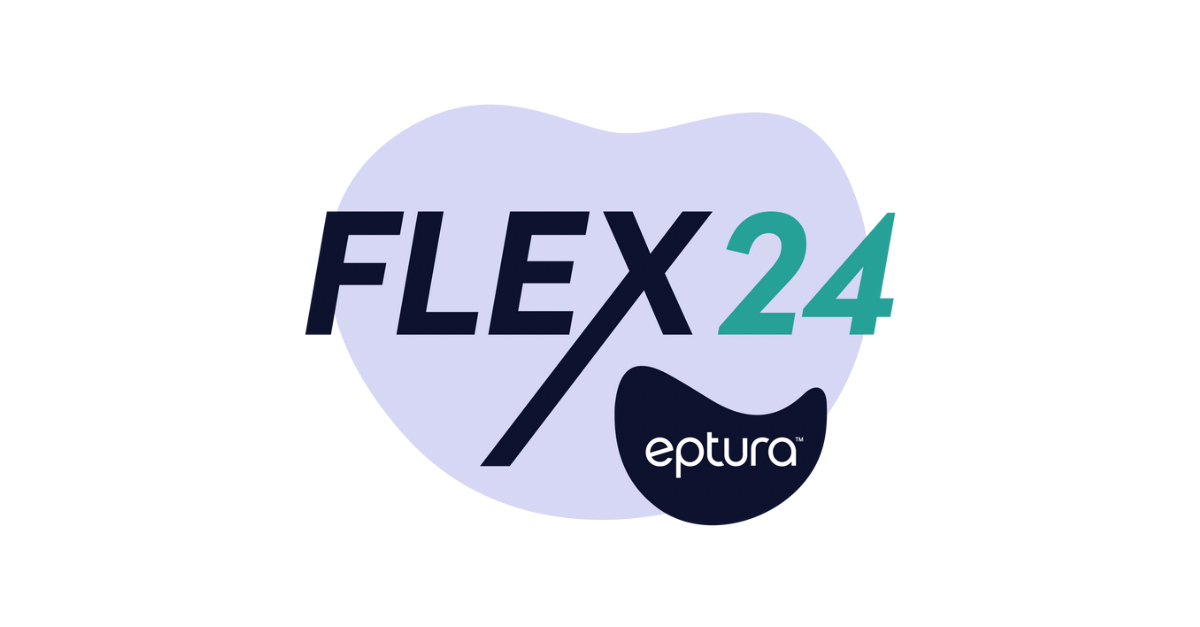
Space utilization is one of many metrics facility managers use to gauge the efficiency of the workplace. High utilization is typically associated with efficiency; low utilization indicates inefficiency. There’s a constant push and pull in dynamic workspaces to achieve optimal utilization. Facility managers are always asking themselves how to maximize space utilization.
Thankfully, there’s an abundance of software out there designed to help facilitate maximum space utilization. Some platforms, like a CAFM platform, set the stage of understanding utilization rates based on space and occupancy. Others, like IWMS and digital twins, provide the context for how employees use the workspace. Together, they paint a picture of utilization and opportunities to maximize it.
What is space utilization?
Space utilization meaning stems from interactions with the physical workplace. Specifically, it’s the measure of how well you’re using the workplace for the means of productive operations. A workspace that’s always occupied by a diligent worker has high utilization. A desk that sits unused most days has a poor utilization rate. It comes down to a question: how often do employees use the space in a productive capacity?
How to calculate utilization
Behind its surface definition there’s actually a fair amount of math in understanding space utilization. On a macro scale, utilization is the building’s occupancy divided by its capacity—the result is a broad measure of utilization at the building level. For example, if your building accommodates 500 and you staff 420, your utilization rate is 84%. It’s a measure useful for something like stack planning.
Digging deeper, utilization metrics distill all the way down to the workspace or seat level. Especially in flex environments and agile offices without assigned seating, it’s particularly important to gauge utilization at this level. Here again, the math is simple: you divide the number of hours the space is occupied by the total number of hours it’s available. If Workstation 201 is available 12 hours per day and it’s occupied six hours a day, the utilization rate is 50%.
It’s also important to note that utilization can be a moving target. Workstation 201 might sit occupied for six hours today, 10 hours tomorrow, and 10 hours the day after. Its aggregate average is just over eight and a half hours, for an average utilization rate of about 72%.
No matter how you measure it, utilization rate comes down to a measure of usage against total availability. As such, it’s a great metric for understanding if the costs associated with your workplace are worth it.
How to maximize space utilization
Maximizing space utilization comes down to understanding utilization rates and the drivers behind them. If employees only use a space at a rate of 20%, what factors prevent or dissuade them from using it more? Why does Room A have a much higher utilization rate than Room B, despite their proximity and relativity to each other? Utilization trends tell the story of space usage—it’s up to facility managers to interpret and address discrepancies.
- Understand the utilization rates associated with a space
- Benchmark them against other metrics to qualify utilization
- Investigate low utilization rates to understand them better
- Make targeted changes to increase the appeal or utility of space
- Track changes in utilization to gauge employee responsiveness
- Continue to track utilization and make changes based on demand
Maximizing space utilization is a continuous and iterative process. It comes down to providing employees with the types of spaces they need, and making it easy to access and use those areas.
To make changes, you need data
By now, you’ve realized that utilization metrics rely heavily on workplace data. If you don’t know anything about occupancy rates, you can’t calculate utilization. This is where the IoT and space utilization software come into play.
Sensor data from an office IoT can provide real-time occupancy data to generate important insights. From seat sensors to floor sensors and beyond, streaming data provides real-time, valuable insights into when and how people interact with the space around them. Fed into a digital twin of the workplace, this data paints a contextual picture of utilization.
Space utilization software supports integrations that provide context for occupancy and workplace goings-on. For example, a room booking system tied into the software can provide relevant data about conference room reservations: which rooms, when, how long, and other important metrics that enable utilization insights at macro and specific levels.
Efforts to maximize workplace utilization need data behind them. Without understanding and contextualizing space, any changes or improvements to it aren’t quantifiable or qualifiable—they’re just a shot in the dark.
Utilization is a priority for businesses
Maximizing space utilization is a clear and present priority for businesses because it means one thing: justifying the cost of the workplace. Facilities and their affiliated costs represent the bulk of a business’ overhead (outside of salaries). It’s vital to make sure those costs are offset by productivity and that the workplace more than pays for itself.
Establishing high utilization rates within the building and at the workspace level represents a diligent approach to operations management. It equates to giving workers the space they need and enabling them to be productive within it. High utilization shows continued demand for specific workspace types, which means better efficiency from employees on the balance sheet and from the workplace itself.
Keep reading: How to Choose Space Management Software


